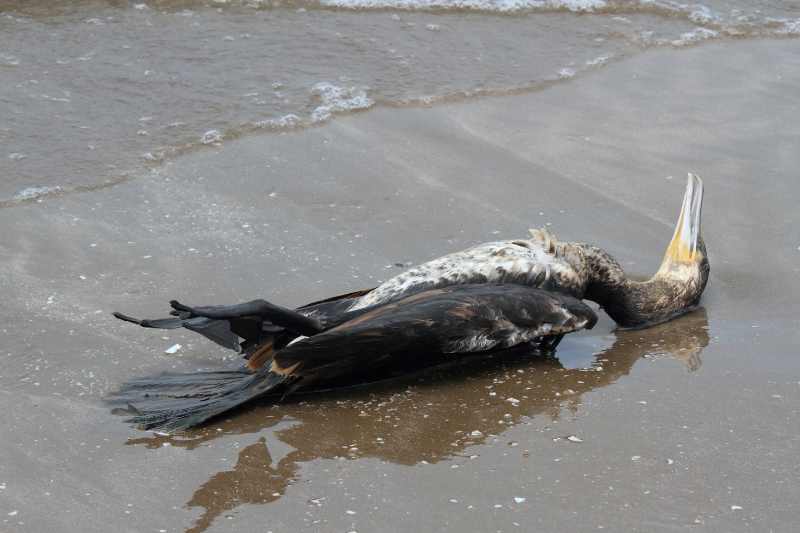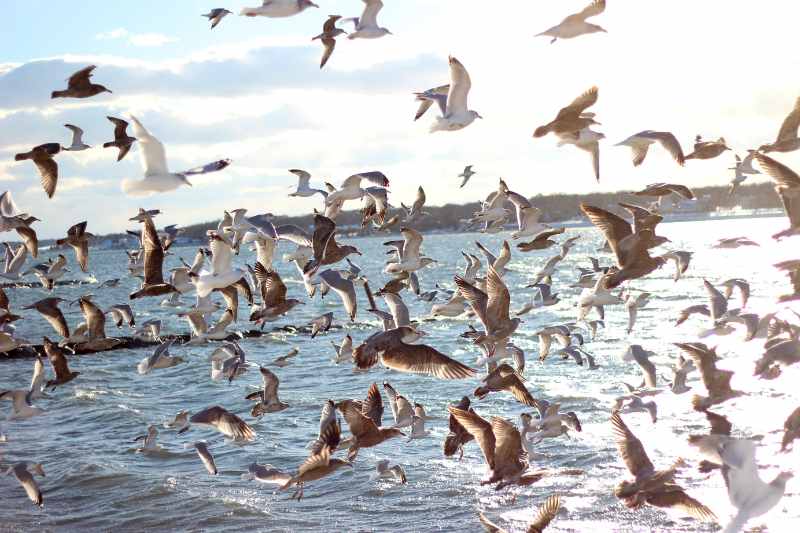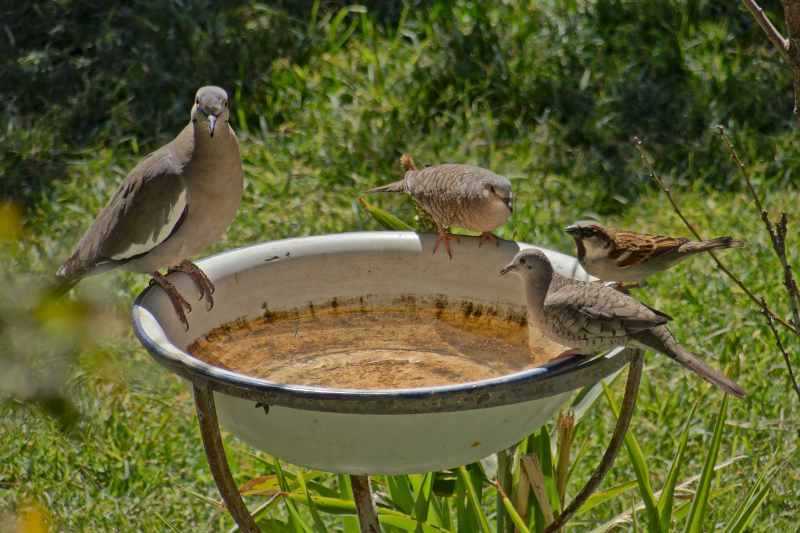Wild birds (the entire group of wild birds) are currently facing a myriad of problems, reducing their population each year. Climate change, pesticides, reduction of their habitats (less food and nesting sites), various accidents (windows, cars, wind turbines...), natural or non-natural predation, hedge trimming in spring, and now diseases, such as avian influenza. Or rather, avian influenzas, as there are several. Let’s take stock of these avian influenzas and their consequences on wild birds!

What are avian influenzas?
Avian influenzas are sometimes referred to as Bird Plague, Avian Influenza, or, less commonly, Chicken Ebola. It is a viral disease caused by type A influenza viruses that primarily affects birds. Avian influenzas are typically classified into two main categories:
- LPAI or Low Pathogenic Avian Influenza: these cause few symptoms in farmed birds. Sometimes, certain birds, like ducks, are asymptomatic carriers;
- HPAI or Highly Pathogenic Avian Influenza: this category includes subtypes H5, H7, or H9, such as the H5N1 or H7N9 viruses. These strains can trigger severe epidemics and can sometimes be fatal.
The disease is transmitted through direct contact between birds (wild or domestic), via the droppings of sick birds, or through infected materials or elements (carcasses, eggs, clothing...). Normally low virulent for wild birds (but this is changing!), an avian influenza can decimate the entire population of birds in an industrial farm.

What about humans?
Avian influenza can infect some mammals including pigs, rats, mice, weasels... and even humans in the case of the H5N1 strain. Cases are still rare, but the WHO (World Health Organization) takes this very seriously, especially since this virus is potentially fatal for humans. An effective vaccine against the H5N1 virus has existed since 2005. Fortunately, for now, the H5N1 virus is not transmissible from human to human, but only in cases of prolonged contact with poultry.
However, A type viruses are genetically unstable, meaning they mutate quickly and often. A subtype of influenza A could therefore become problematic for humans one day and lead to a pandemic.
Are wild birds in peril?
According to Alain Bougrain-Dubourg, president of the French LPO (League for the Protection of Birds), 2022 was the worst year globally since the emergence of the H5N1 avian influenza in 1995. Nearly 140,000,000 farmed birds have died or had to be culled due to avian influenza. But the figures are alarming for wild birds as well: for example, 22,000 seabirds were found dead in Peru. Seabirds seem to be the most affected.
Here at home, along the French and Belgian coasts, we are witnessing worrying mortality among gulls (the family of birds that includes gulls, terns, and kittiwakes). Other species are also particularly affected: the first appearance of the virus has been noted in the Griffon Vulture and even a colony of Northern Gannets has been severely impacted by this influenza.

What are the symptoms of avian influenza?
The symptoms of avian influenza in birds are numerous: first unusual behaviour, tremors, and lack of coordination. Subsequently, one may observe swelling on the head followed by lack of energy, breathing difficulties, and diarrhoea. Finally, the infected bird eventually dies. In our chicken coops, we can already be concerned about a lack of appetite and a decrease in egg production: these are signs to watch for!

How to fight it?
Nature advocates have long promoted the reduction in size and number of industrial poultry farms. Ornithologists also advise prioritising small local farms with local breeds that are more resilient and maintaining greater genetic diversity.
Other precautionary measures include the confinement or netting of backyard birds, strengthening security during the transport of poultry, banning gatherings of poultry keepers and pigeon racing competitions, and vaccinating zoo birds and those that cannot be confined. Once birds are infected, unfortunately, the only radical solution is culling.
If you feed wild birds in your garden: avoid doing so too close to your chicken coop and regularly clean the feeding area and water points.
Do not pick up a dead bird without gloves, and prevent your dog from coming into contact with the carcass. If you discover a dead bird and it seems suspicious, contact the French Office for Biodiversity https://www.ofb.gouv.fr/ and for Belgium, SOS Environment Nature at the free number 1718.
Important note: although the confinement of poultry is one of the measures recommended by the government, bird specialists argue that we should not stigmatise free-range farms, which allow for better health (less stress in particular) of birds and therefore a much better resistance to diseases, including avian influenza.
Finally, if you wish to learn more about avian influenza and have further questions, here is the link to an FAQ on the subject on the LPO website (in French).
































Comments